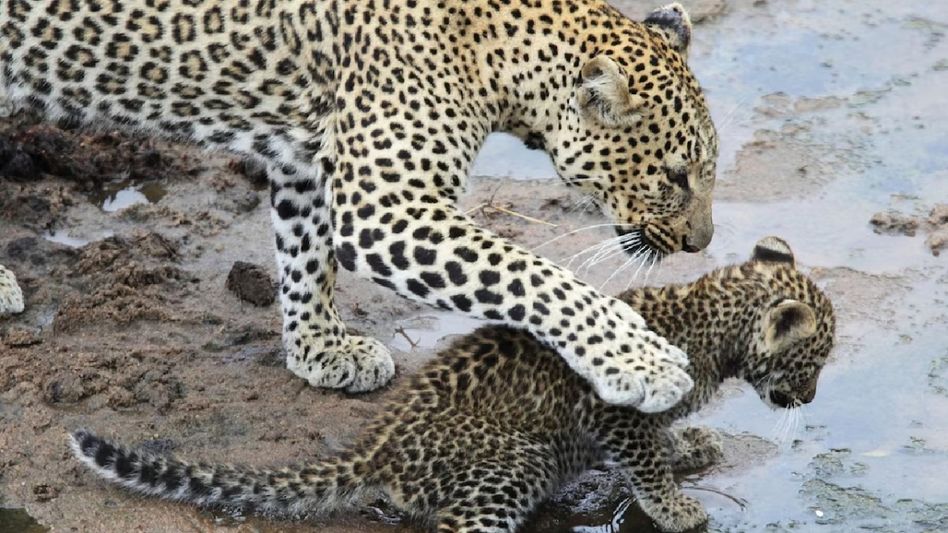India's leopard population surges to 13,874 with 1.08% annual growth
A recent report by the Environment Ministry reveals a steady annual growth of 1.08 percent in the leopard population in India from 2018 to 2022, with Madhya Pradesh leading the states in leopard count.
 Leopard population, India, Environment Ministry, Madhya Pradesh, Project Tiger, Wildlife Conservation
Leopard population, India, Environment Ministry, Madhya Pradesh, Project Tiger, Wildlife ConservationIndia's leopard population has grown to 13,874, indicating a 1.08 percent annual increase between 2018 and 2022, according to a report released by the Environment Ministry. The report highlights Madhya Pradesh as the state with the highest leopard population at 3,907, followed by Maharashtra (1,985), Karnataka (1,879), and Tamil Nadu (1,070).
The study, the fifth cycle of leopard population estimation (2022), focused on forested habitats within 18 tiger states, covering major tiger conservation landscapes. Notably, non-forested habitats, arid areas, and high Himalayas above 2000 msl (~30% area) were not sampled for leopards.
The report indicates a stable leopard population, representing 70 percent of leopard habitat. Tiger Reserves with the highest leopard population include Nagarajunasagar Srisailam (Andhra Pradesh), Panna (Madhya Pradesh), and Satpura (Madhya Pradesh).
Central India showed a stable or slightly growing population (2018: 8,071, 2022: 8,820), while the Shivalik Hills and Gangetic Plains experienced a decline (2018: 1,253, 2022: 1,109). The overall growth rate is 1.08 percent per annum, with the largest growth in Central India and the Eastern Ghats at 1.5 percent. However, there is a 3.4 percent decline per year in the population growth of leopards in the Shivalik Hills and Gangetic Plains.
Leopards, facing escalating threats such as habitat loss, human-wildlife conflict and poaching were surveyed using foot surveys spanning 6,41,449 km and camera traps at 32,803 locations. The report emphasizes the conservation commitment beyond protected areas acknowledging the role of Project Tiger in broader species protection efforts.
Union Environment Minister Bhupender Yadav commended the inclusive approach of Project Tiger, highlighting the interconnectedness of ecosystems and diverse species conservation. The findings underscore the critical role of protected areas in conserving leopard populations.
Copyright©2025 Living Media India Limited. For reprint rights: Syndications Today









